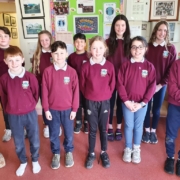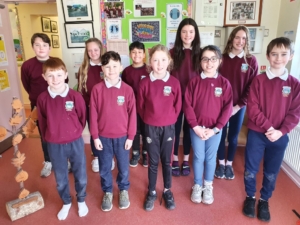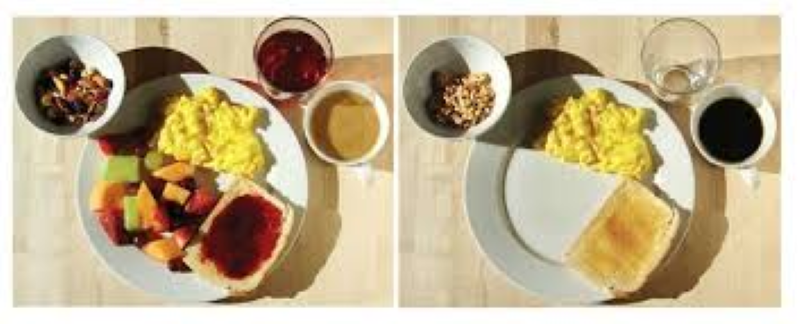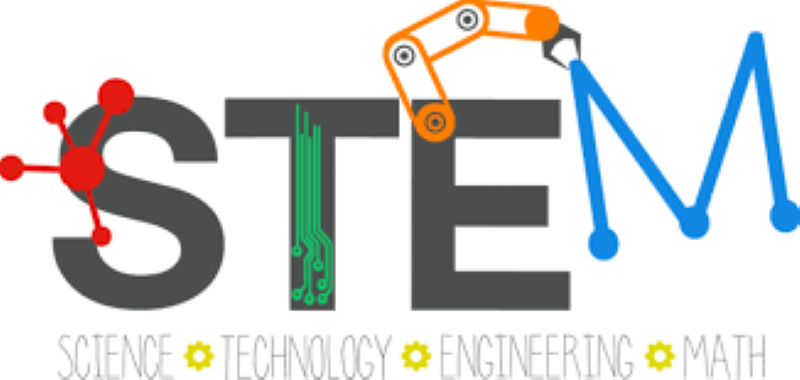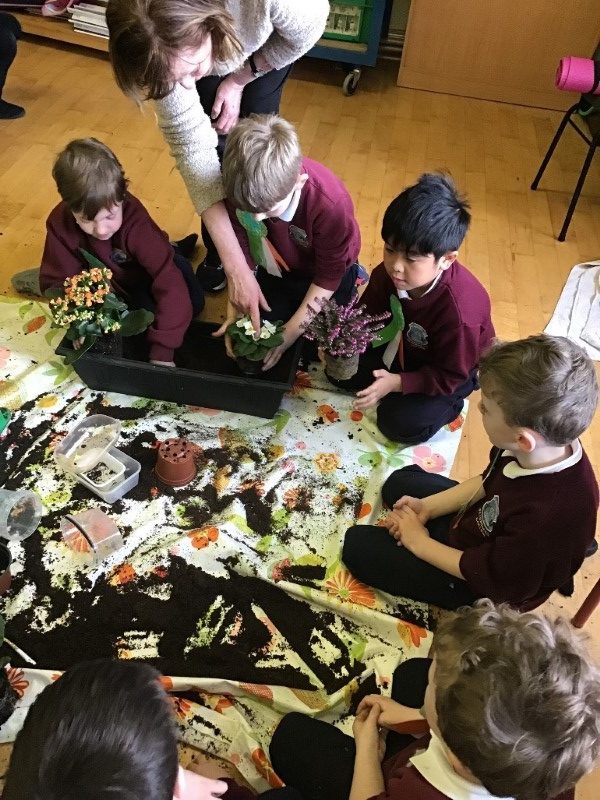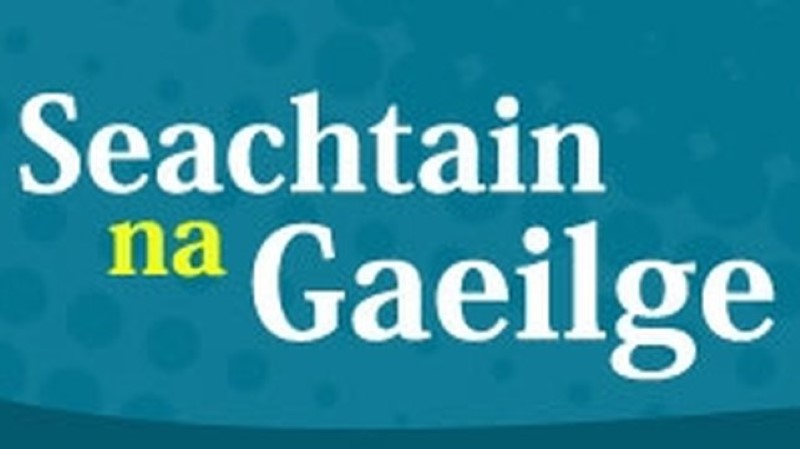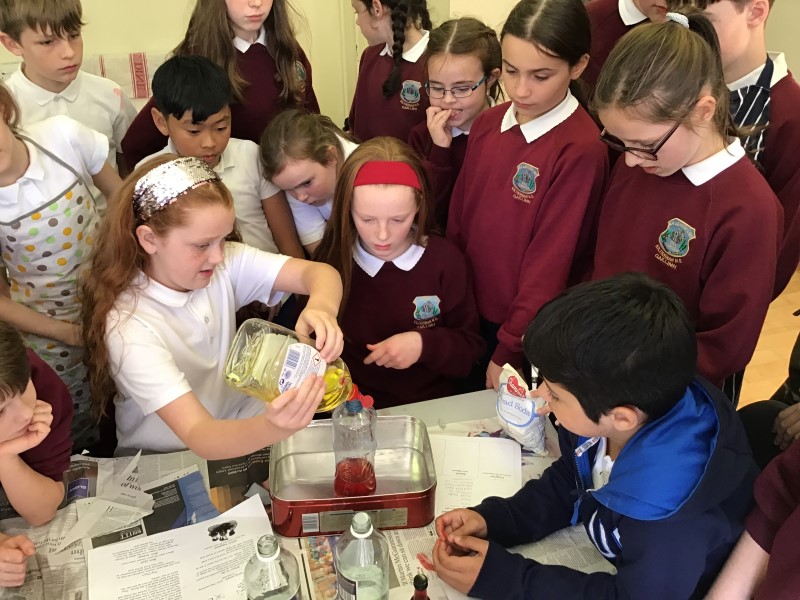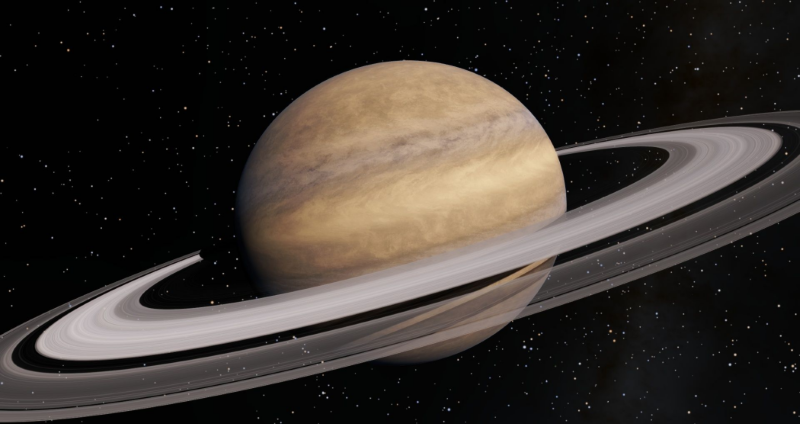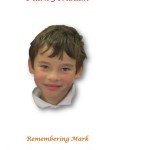Green School 2021-2022
Global Citizenship Energy
Kiltiernan NS are proud to apply for our 8th Green Flag this year. The theme this year is Global Citizenship- Energy.
We have had some big challenges along the road to receiving our new flag. The global pandemic has led to unprecedented times where school closures were regular although they came about quickly and with short notice.
We had begun recording weekly differences in electricity usage in school. After schools reopened, we changed the record taking to daily records and will graph those results as we near the application date. All of the classrooms were involved in finding out about being connected globally and what that meant to us in our lovely small school.
We did a Global Food Survey where the children brought in food labels from different parts of the world. We were stunned to find how many miles our food travels before ending up in our fridges. We found food from India, Costa Rica, Nicaragua, all over Europe, Columbia and South Africa to name but a few. It brought great awareness to where our food comes from and a lot of us have agreed to buy from local farmers from now on.
Every child in the school has come up with a slogan to save energy and we will get an external judge to pick a winner. The winner will get a small prize and their slogan will be used as the tag line for our whole project.
We will also enter a regional and national colouring competition run by An Taisce to promote keeping our local roadsides litter free.
For Book Week this year in March, we have taken our Green School project into account and are delighted to say that we have a well known author in Climate Change, Oisín McGann. He will visit and tell us how we can help slow down and reverse Climate Change globally.
The Senior and Middle Rooms have been working hard to research and educate ourselves on different forms of renewable energy. We have learned about BER ratings, wind and hydro power, electric cars and lots more. Read our articles below to find out how to help with conserving energy.
Our Green School notice board is filled with lots of up to date information which keeps us interested in learning.
We look forward in March to meeting Mark Molloy from Galway Co. Co. who will see all of our hard work to date and advise us on any other work that may be investigated before our application is set off.
Keep in touch with this page to follow our progress!!

